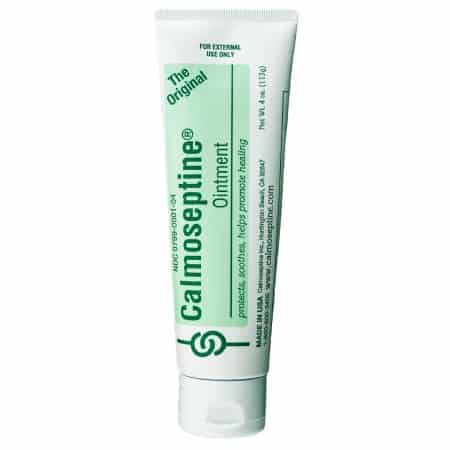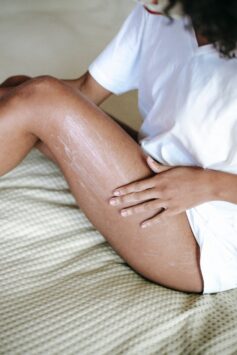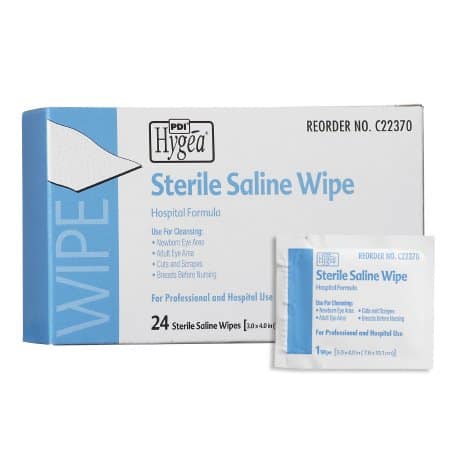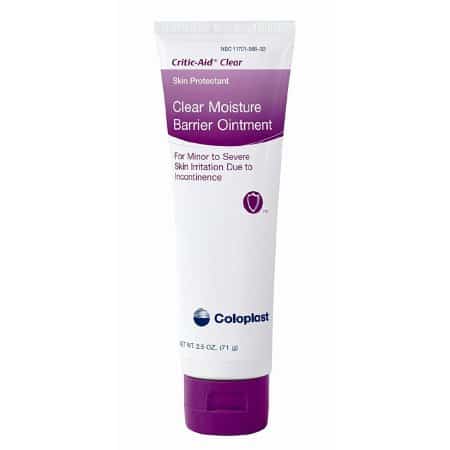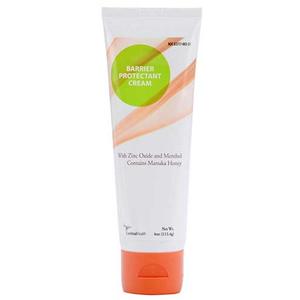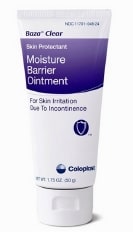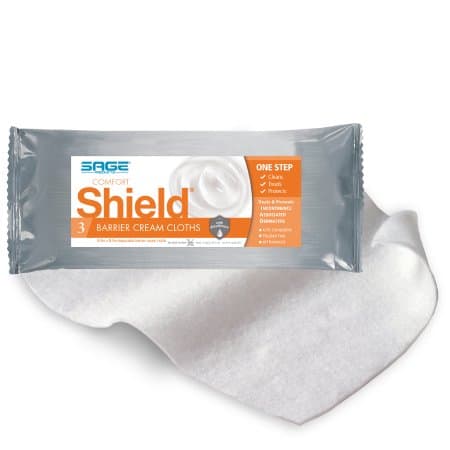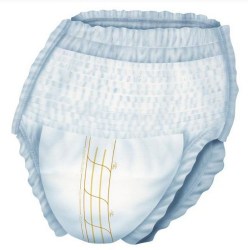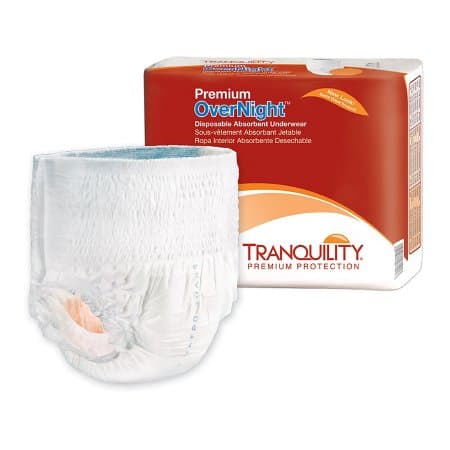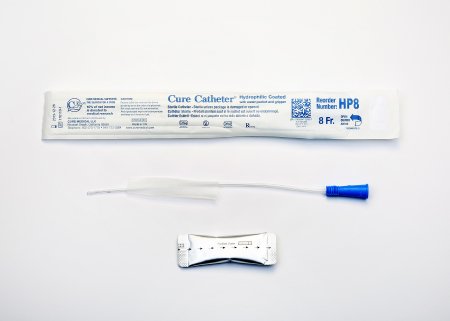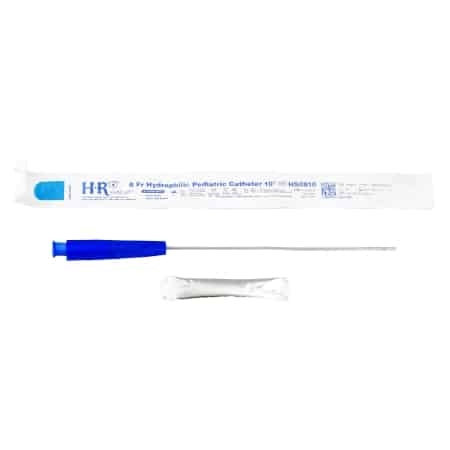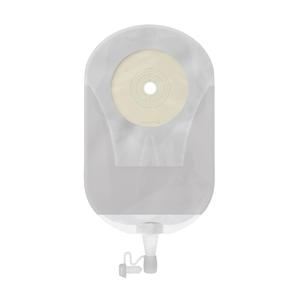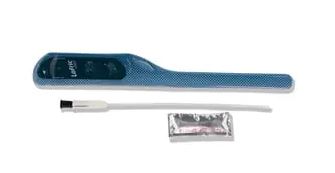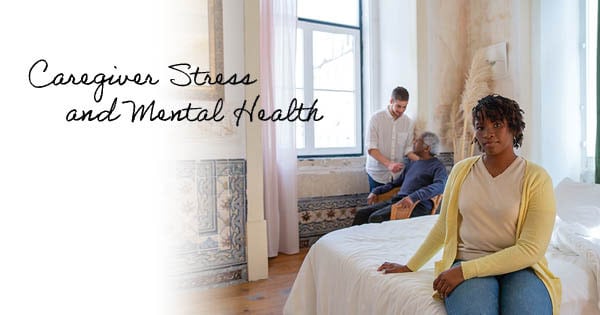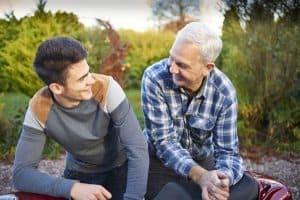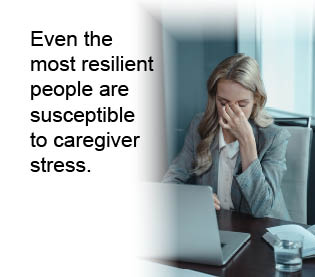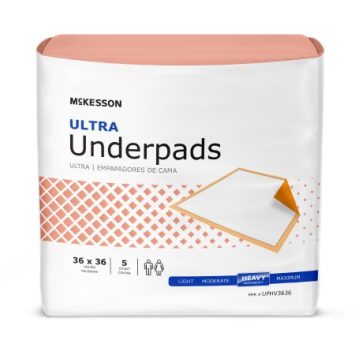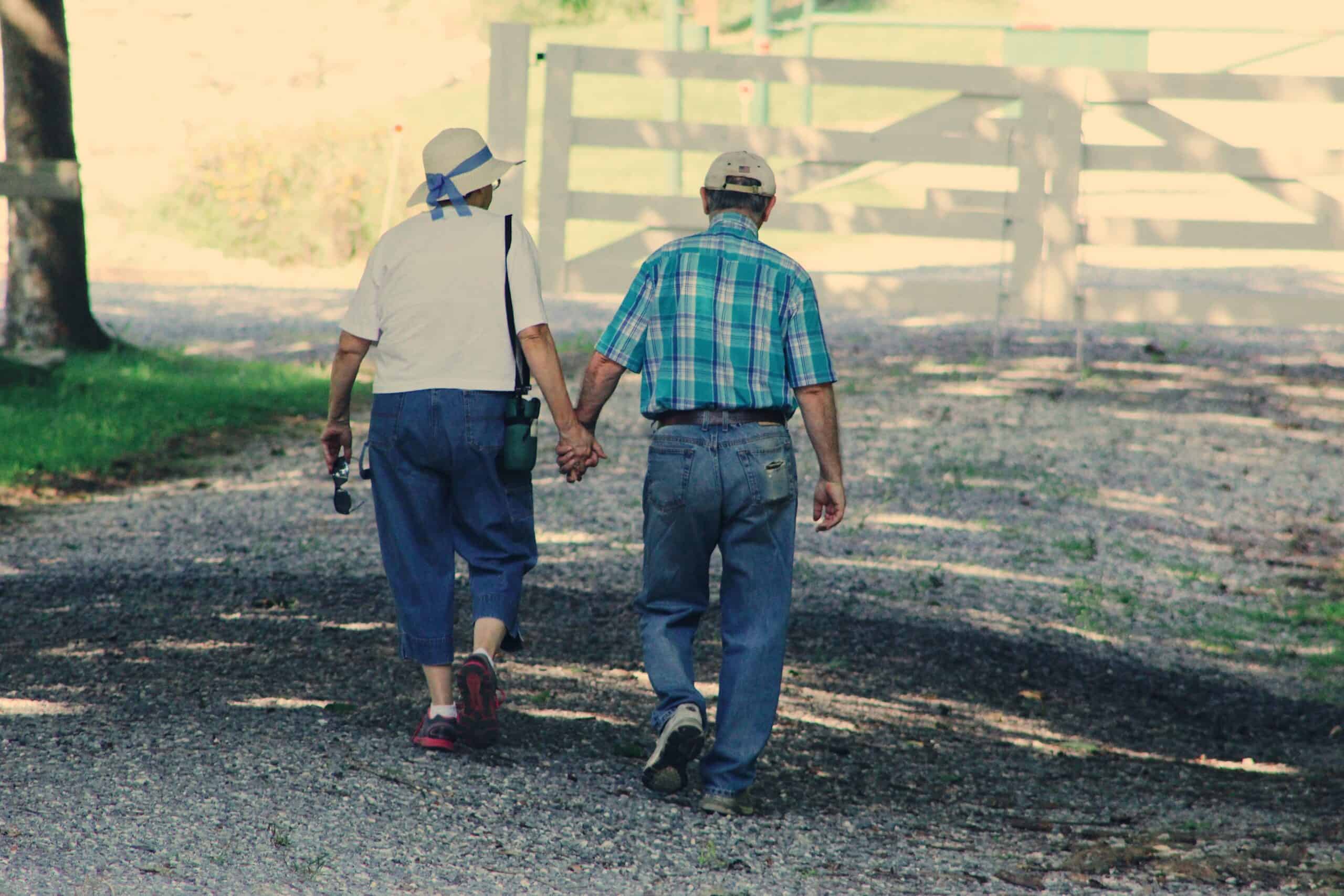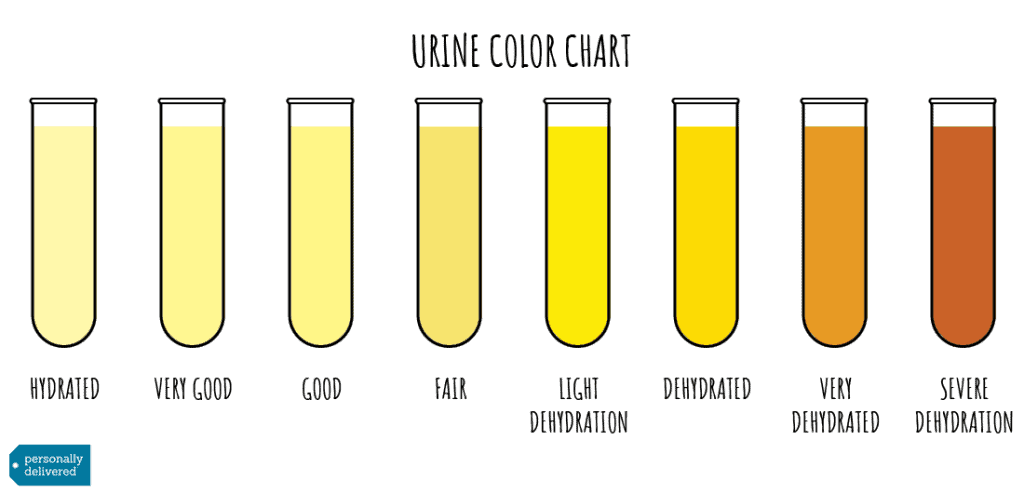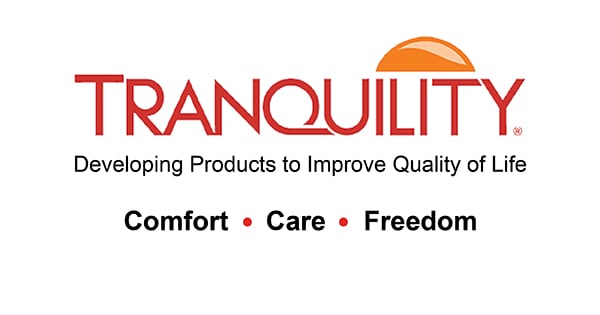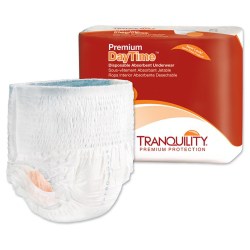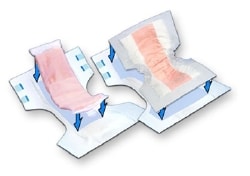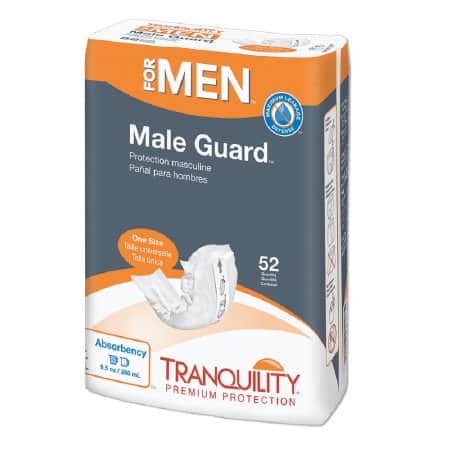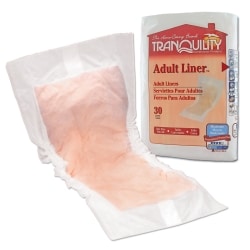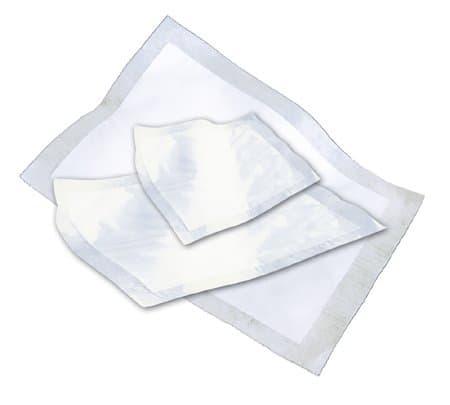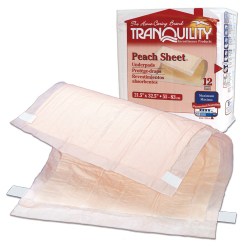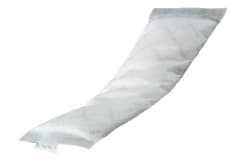Medical supplies for elderly adults can be very helpful tools for living an enjoyable and independent life. As we get older, some of the everyday tasks that used to be easy become more challenging. Arthritis, incontinence, weakened muscles, and low vision are common health conditions we face as we age. As our health declines, our needs increase. Many senior citizens live independently, which makes mobility and safety two significant concerns. With the right medical equipment and supplies designed specifically for aging adults, senior citizens can continue to live a more enjoyable and independent life.
We’ve put together a list of twenty-five essential medical supplies for seniors that can be used to help make their homes more accessible and daily life safe. These geriatric supplies can help make daily tasks more manageable.
25 Essential Medical Supplies for Elderly Adults
 1. Personal Alert System – provides security and peace of mind for those that live alone and have a fall or medical emergency
1. Personal Alert System – provides security and peace of mind for those that live alone and have a fall or medical emergency
2. Anti-fatigue floor mat – can help reduce muscle contraction, reduce pain, and improve circulation
3. Tray tables – allows one to sit comfortably and have food or other items within reach for better safety
4. Pill crusher – pulverizes large pills into a fine powder to dissolve in beverages, sprinkle on food, and make medications easier to take
5. Floor pedals – can help with daily exercise and prevent obesity, heart disease, and diabetes
6. Toilet seat riser – helps make sitting and standing from the toilet easier by reducing the distance between the toilet seat and the rear end
 7. Vascular compression stockings – can help improve circulation and prevent leg swelling and blood clots
7. Vascular compression stockings – can help improve circulation and prevent leg swelling and blood clots
8. Grab bars – create a safer bathroom experience to help with stability and prevent falls near the toilet and in the shower
9. Handheld shower head – allow people who are disabled to shower while seated or rinse specific areas of the body without getting fully wet
10. Bathtub or shower transfer bench – helps with balance while getting in and out of a bathtub or sitting comfortably while showering
 11. Waterproof mattress protector – protects against spills, allergens, bacteria, and incontinence episodes to lengthen the life of the mattress and help the user stay clean and sanitary
11. Waterproof mattress protector – protects against spills, allergens, bacteria, and incontinence episodes to lengthen the life of the mattress and help the user stay clean and sanitary
12. Overbed table – similar to a tray table but on wheels and serves as a surface for food, medical accessories, laptop, books, and more for accessibility within reach to avoid bending and lifting
13. Disposable incontinence underpads, bed pads, or chux – can be used to protect bedding, chairs, car seats, and more from incontinence leaks
14. Bed railings – provide additional support and security for those that need assistance getting in and out of bed and reduce the risk of falling out of the bed
15. Night lights – an inexpensive safety measure to illuminate areas of the home at night to help prevent falls or tripping
16. Medication organizer – a helpful medical supply to make medication management easier
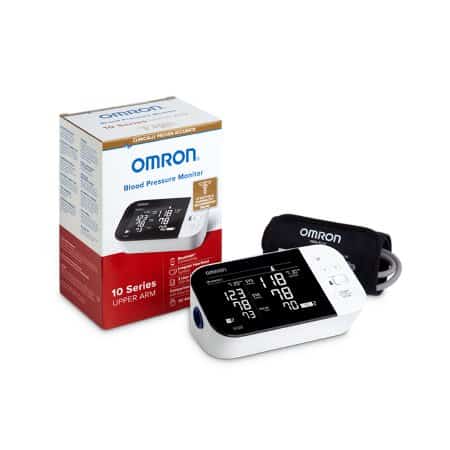 17. Blood pressure monitor – regular use can help keep track of blood pressure getting out of range and can help reduce health risks
17. Blood pressure monitor – regular use can help keep track of blood pressure getting out of range and can help reduce health risks
18. Adaptive clothing and shoes – these medical supplies for seniors include non-skid socks and shoes, Velcro closures, and elastic waistbands that provide extra comfort and safety and are easily and quickly removable
19. Smart speakers for hands-free capabilities – can help set voice reminders, get news and weather updates, play music, turn lights on and off, and are beneficial for those who are vision-impaired or have mobility challenges
20. Talking clocks and wristwatches – similar to smart speakers, these devices make voice announcements of the date and time for those with poor vision or who are blind
21. Automatic shut-off safety devices for kitchen appliances – these prevention products help protect from potential fire hazards by turning off appliances when they are not in use for a period
22. Reacher or grabber – excellent tools for seniors who have weak grip strength or limited mobility
23. Ramps for entryways with steps – promote accessibility getting in and out of the home for those with limited mobility
24. Sturdy railings along all stairways – provide support while ascending and descending stairs to help prevent falls
25. Mobility aids – canes, walkers, wheelchairs, motorized scooters, and more can help improve mobility and stability in seniors who have difficulty getting around
This is just a small list of some essential medical supplies for elderly adults. Of course, there are many more medical devices for seniors, and you do not need to acquire all the above listed. Choose accordingly and speak to your family and doctor about what may suit your unique medical and daily needs. Life can be managed a bit easier with the right medical supplies and equipment as we age.
You can find a wealth of information and articles on Porch’s website for accident prevention in the home. Visit The Best Tips to Prevent Accidents At Home – Q&A With The Experts.
We proudly carry many of the medical devices for seniors listed here and several other geriatric supplies. For help choosing home delivery medical supplies for seniors and all others, our knowledgeable and friendly Product Experts are just a phone call away.
Popular Medical Supplies for Elderly Adults







